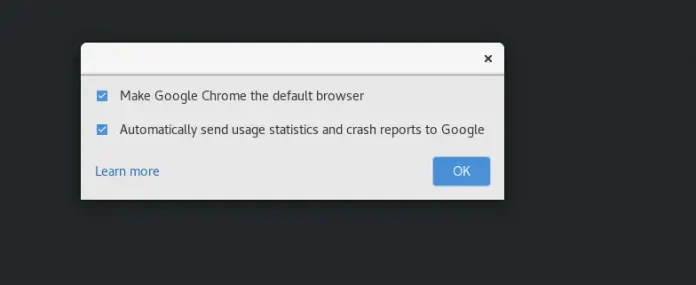In this article, we will see the Backbone.js save() model. The Backbone.js save() model is used to save the data of the given model by delegating the sync() method. Whenever the backbone is called, every time it reads & saves the model.
Syntax:
Backbone.Model.save(attributes, [options]);
Parameters: It accepts two parameter values:
- attributes: It specifies the attribute in the model.
- options: This parameter accepts attribute parameters like id etc.
Example 1: In this example, we are creating a model named “book” and applying the save() model.
HTML
<!DOCTYPE html> <html> <head> <script src= type="text/javascript"> </script> <script src= type="text/javascript"> </script> <script src= type="text/javascript"> </script> </head> <body> <script type="text/javascript"> Backbone.sync = function (mymethod, mymodel) { document.write(mymethod + ": " + JSON.stringify(mymodel) + "<br>"); }; var Books = Backbone.Model.extend(); var book = new Books({ bookid: 23, price: 678, book_name: "css" }); document.write(' Values: ' + JSON.stringify(book)); document.write("<br>"); book.save(); </script> </body> </html> |
Output:
Values: {"bookid":23,"price":678,"book_name":"css"}
create: {"bookid":23,"price":678,"book_name":"css"}
Example 2: The following example demonstrates the save() model for empty “book” model data.
HTML
<!DOCTYPE html> <html> <head> <script src= type="text/javascript"> </script> <script src= type="text/javascript"> </script> <script src= type="text/javascript"> </script> </head> <body> <script type="text/javascript"> Backbone.sync = function(mymethod, mymodel) { document.write(mymethod + ": " + JSON.stringify(mymodel) + "<br>"); }; var Books = Backbone.Model.extend(); var book = new Books(); document.write(' Values: ' + JSON.stringify(book)); document.write("<br>"); book.save(); </script> </body> </html> |
Output:
Values: {}
create: {}
Reference: https://backbonejs.org/#Model-save




